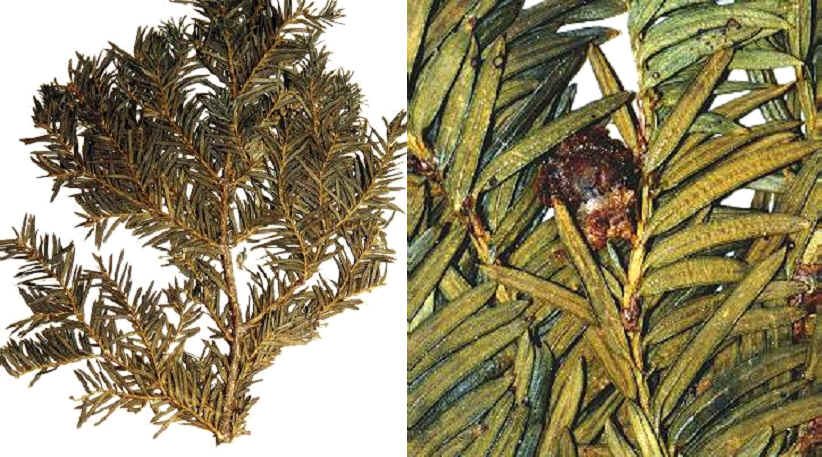Fig.116 (left): from Serra Estrela, Portugal, Forstes, Mogic &
Rainha 1326 (S: C-2047). 1d. Taxus baccata var. erecta Loudon, Arbor. fruct. britt. 4: 2068 (1838) emend. Taxus baccata (f.) erecta (Loudon) Beissner, Handb. Nandelholzk. 171 (1891). Pilger. Taxus communis erecta [Nelson] Pinaceae 172 (1866). Described from live plants in cultivation, original material unknown.—Neotype proposed—Portugal: Serra da Estrela, 1400 m—28 July 1945, Fontee, Nufre & Rainha 1326 at S (C-2047-2 and C-2047-1; leaf abaxial epidermis with a bare marginal region 5–6 cells wide followed by a papillose region 7 cells wide, 9-10 stomata rows/band, and a midrib with low papillae). Spanish yew. Distribution: Portugal, Spain. This closely resembles a cultivar at the Secrest Arboretum, 'Baccata compacta,' described by Krüssmann (1985) as “broadly bushy, upright...wider than high...needles very short and narrow.” I recognize this variety by the stiffly erect to spreading branches with densely crowded narrow leaves, 1.8–2.2 cm long, 1.5–2 mm wide. Loudon (1844 ) considered it similar to the Irish yew. Mature male and female cones appear solitary near apex of branchlets, and seed is mostly globose. The variety seems to be relatively rare, and related to another rare variety, known only from Morocco (Moroccan yew). A horticultural specimen of “f. erecta,” from Baenitz (US: 1396502), which agrees also with the description by Loudon (1844), is treated as var. glauca, despite the apparent erect habit and similarity to the 'Baccata fastigiata' (Secrest Arboretum). Additional Specimen—Spain: Pyrenees, Laguna, 1000–2000 m, collected 1878, USDA s.n. (US).
|
